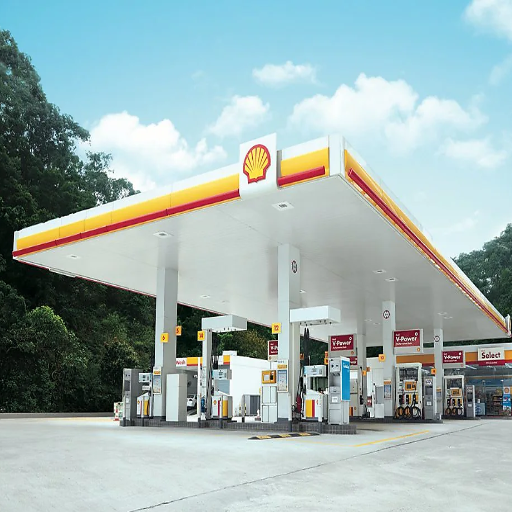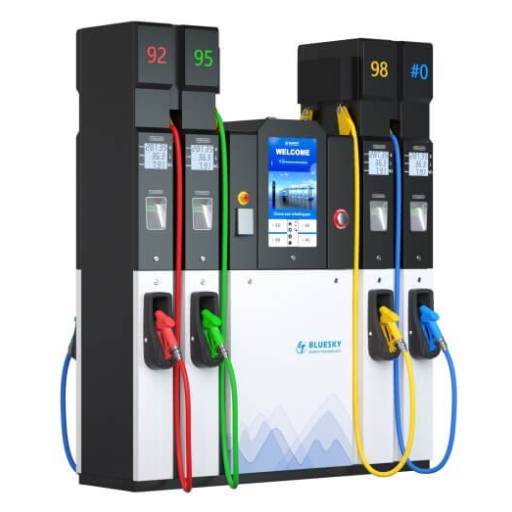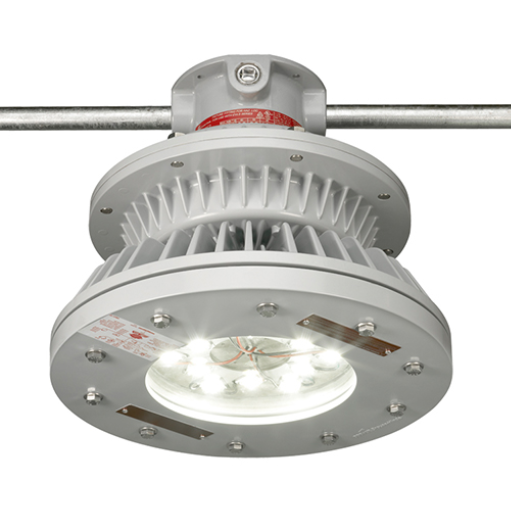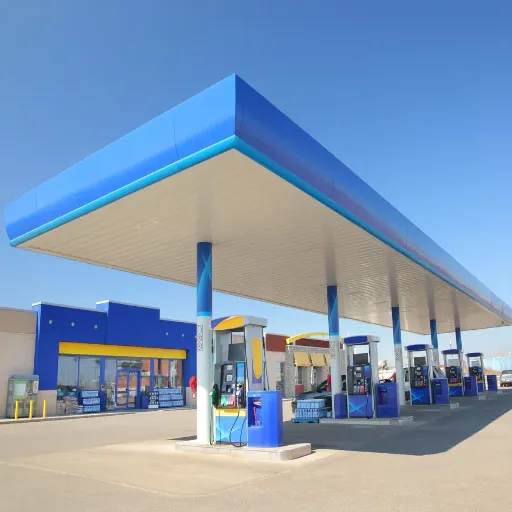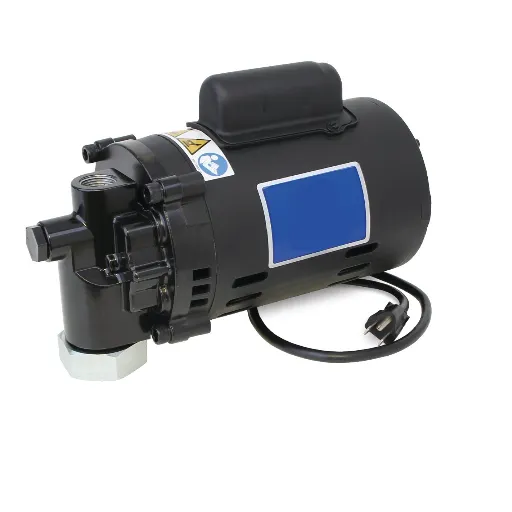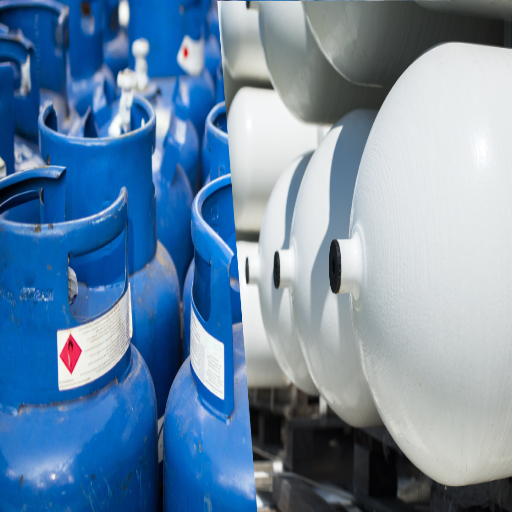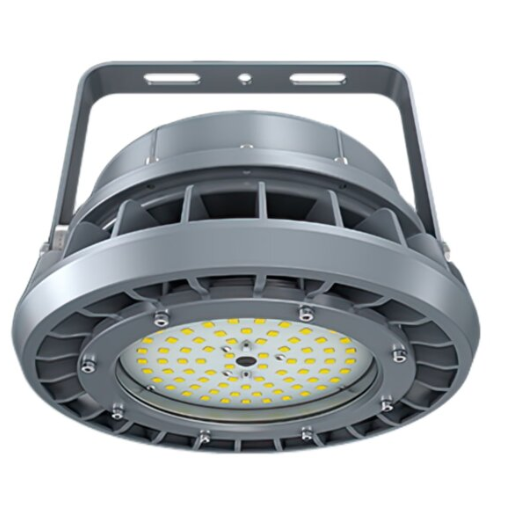Top Double Wall Fuel Storage Tanks Supplier in China
Double wall fuel storage tanks offer enhanced safety and environmental protection for storing flammable liquids. Featuring an inner tank contained within a larger outer shell, often constructed from robust steel or composite materials, this design provides redundant containment. The interstitial space allows for leak detection, preventing potential spills and ground contamination. They are essential for secure fuel storage across diverse industries, ensuring compliance with stringent regulations and safeguarding infrastructure.
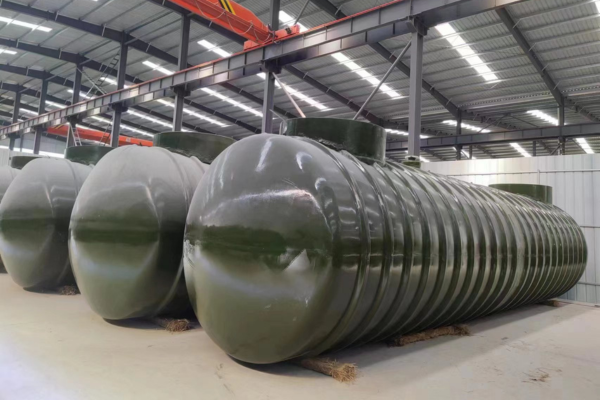
What Are Double Wall Fuel Storage Tanks
Double wall fuel storage tanks are specialized industrial vessels engineered for the secure and reliable containment of flammable liquids such as fuel. These tanks feature a distinct dual-layer construction, comprising an inner primary tank housed within a robust outer shell, often fabricated from durable steel or high-grade alloys. This design provides critical secondary containment, creating an interstitial space that allows for monitoring and detection of leaks from the inner tank, thereby preventing environmental contamination. Essential infrastructure across various industries requiring safe and compliant fuel storage solutions, double wall tanks are built for resilience and long-term integrity under diverse operating conditions, ensuring efficient and protected material management.
Functions of our Double Wall Fuel Storage Tanks
These advanced vessels deliver secure and dependable containment, utilizing their dual-wall structure and integrated safety functions for maximum protection.
Enhanced Leak Security
Provides a critical secondary barrier to reliably contain fuel in case of primary tank compromise, minimizing environmental contamination and ensuring operational safety standards are met.
Robust Environmental Shield
Designed to prevent hazardous fuel spills from reaching the surrounding environment, safeguarding natural resources and ensuring compliance with stringent pollution prevention mandates.
Proactive Leak Detection
The integrated interstitial space facilitates continuous monitoring for leaks from the inner tank, enabling early detection and intervention to prevent potential costly and harmful incidents.
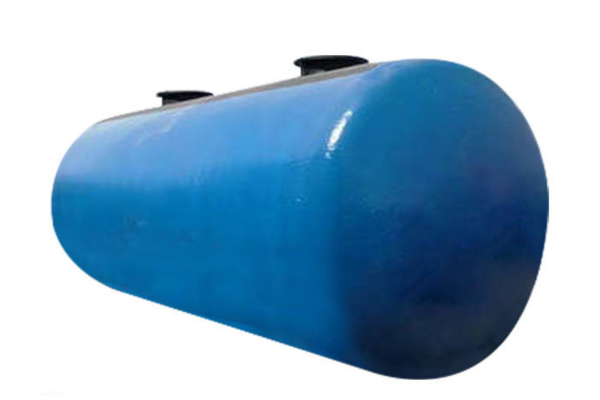
Key Benefits Of Double Wall Fuel Storage Tanks
Discover our Double Wall Fuel Storage Tanks, designed and engineered for ultimate safety and reliability in storing flammable liquids.
Enhanced Safety & Containment
Provides vital secondary containment through its double-wall construction, significantly reducing the risk of fuel leaks and spills for safer operations and personnel protection.
Increased Durability & Longevity
Built with strong materials designed to endure the specific challenges of fuel storage, including internal pressures and external conditions, promising extended operational life and reliability.
Superior Environmental Protection
Acts as a robust barrier against ground and water contamination by capturing potential fuel leaks, ensuring responsible and compliant storage practices that safeguard the environment.
Simplified Monitoring & Compliance
The interstitial space facilitates easy detection of leaks, streamlining monitoring processes and helping meet stringent regulatory requirements for fuel storage facilities.
How Does a Double Wall Fuel Storage Tanks Work?
- The inner wall securely contains the primary volume of fuel, functioning as the main storage vessel for the liquid material.
- An outer wall surrounds the inner tank, providing essential secondary containment to capture any leaks or spills from the primary vessel.
- An interstitial space between the walls allows for monitoring devices to detect the presence of fuel, providing early warning of potential leaks.
How to Choose the Double Wall Fuel Storage Tanks for Application?
- Evaluate the specific type of fuel to be stored, including its chemical properties and required temperature range, to ensure material compatibility.
- Determine the necessary storage volume and physical dimensions required for your facility, considering both current needs and potential future expansion.
- Assess the installation location conditions and confirm the tank meets all relevant local and industry standards and regulations for fuel storage safety.
Comparison Table For The Double Wall Fuel Storage Tanks Specifications
| Parameter | Description | Parameters / Values |
|---|---|---|
| Capacity Range | Total storage volume capability | Specify based on project needs (e.g., thousands of liters) |
| Primary Material | Main metal used for tank fabrication | High-grade Steel, Specialty Alloys |
| Engineering Codes | Applicable design and construction standards followed | Relevant international and regional standards |
| Operation Temperature | Secure temperature range for contents | Suitable for typical fuel storage temperatures |
| Pressure Rating | Design limits for internal pressure | Atmospheric, Low, or specified pressure ratings |
| Resistance to Corrosion | Material's ability to withstand internal/external decay | Specific material type and protective treatments |
| Tank Configuration | Design and installation style | Vertical, Horizontal, Aboveground, Underground |
| Nozzle Dimensions | Diameter of inlet/outlet connections | Variable based on flow requirements |
| Protective Coatings | Options for internal or external surface layers | Various epoxy, polyurethane, or custom options |
| Hazard Zone Suitability | Rated for safe use in explosive environments | Zone 1, Zone 2, Div 1, Div 2 (as certified) |
Top Applications of Double Wall Fuel Storage Tanks
Oil and Gas Terminals
Transportation Hubs
Power Generation Facilities
Industrial & Commercial Sites
Why Choose Our Double Wall Fuel Storage Tanks
-
Superior Safety and Containment: Features an inherent secondary containment layer, providing exceptional protection against leaks and spills to ensure maximum safety for personnel and the surrounding area.
-
Robust Environmental Protection: The dual-wall design effectively prevents fuel from reaching the ground or water in the event of primary tank failure, safeguarding the environment and simplifying spill response.
-
Reliable Leak Detection: The integrated interstitial space allows for continuous monitoring, enabling prompt detection of leaks for immediate action and preventing minor issues from becoming major environmental problems.
-
Built for Compliance: Engineered to meet stringent national and international regulations for fuel storage, simplifying permitting and ensuring your operations adhere to the highest safety and environmental standards.
-
Durable and Long-Lasting: Constructed from high-quality materials specifically chosen for their resistance to fuel and environmental factors, ensuring dependable performance and extended service life with minimal degradation.

What Our Client Says
Understand from our clients what they say about doing business with us and the unique value addition we provide.
“Implementing these double wall tanks has significantly boosted our confidence in fuel handling. The added layer of containment offers crucial peace of mind, knowing any potential leak is managed internally. This enhanced safety and environmental security are invaluable to our operations and compliance efforts.”

Maria Sanchez
Logistics Manager
“Our new double wall fuel tanks provide essential protection and reliability. The integrated leak detection capability gives us real-time monitoring, ensuring we meet all environmental regulations without constant worry. Their robust construction means less maintenance, keeping our fueling station running smoothly and safely.”

David Chen
Facilities Director
Discover the Power of Double Wall Fuel Storage Tanks
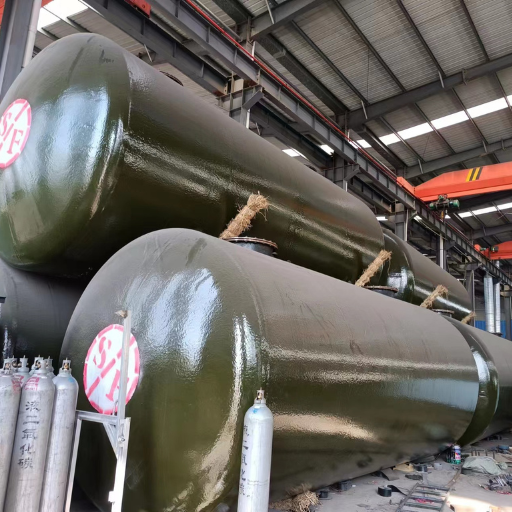
What is a double wall fuel storage tank?
A double wall tank features an inner tank that holds the fuel, surrounded by a larger outer tank or shell that acts as a secondary containment barrier.
How do double wall tanks provide enhanced safety?
They offer redundant containment. If the inner tank leaks, the outer wall will contain the fuel, preventing environmental spills and potential hazards.
Why are double wall tanks better for environmental protection?
By containing leaks within the outer wall, they significantly reduce the risk of fuel contaminating soil and groundwater, protecting sensitive ecosystems.
Are double wall fuel tanks required by regulations?
Many regions and industries mandate secondary containment, making double wall tanks a common solution to comply with environmental and safety regulations.
What materials are typically used to construct these tanks?
They are commonly constructed from steel (carbon steel, stainless steel) or fiberglass reinforced plastic (FRP), depending on the application and stored fuel type.
Can double wall tanks be installed both aboveground and underground?
Yes, double wall tanks are available in designs suitable for both aboveground (AST) and underground (UST) installations, offering flexibility for different site requirements.
Yes, double wall tanks are available in designs suitable for both aboveground (AST) and underground (UST) installations, offering flexibility for different site requirements.
The space between the inner and outer walls (interstitial space) can be monitored using sensors or visual indicators that detect the presence of liquid or vapor from a leak.
What kind of monitoring systems are used with double wall tanks?
Monitoring systems can range from simple visual indicators or dipsticks to advanced electronic sensors connected to alarms or monitoring panels.
Latest Blog Posts
Maintain Inventiveness by Following The Blog for the Latest Best Practices, Techniques, Innovations, and Insights in the Field.
Thunderstorms are spectacular acts of nature, with the cracking of thunder, the brilliant flash of lightning, and the fiercest rainfall. […]
Gas stations make it into everyday life, which blends with the background. Have you ever intuited about the amazing component […]
The very act of dispensing fuel has been an essential part of the transportation and logistics sectors for generations. There […]
In hazardous environments, safety is paramount, and lighting plays a crucial role in establishing a secure and productive working environment. […]
A gas station is a very typical income-generating activity because fuel is in constant demand; thus, many are erected on […]
If we take efficient transfer of fuel or any other liquid from one place to another, transfer pumps are among […]
Among alternative fuels, LPG and CNG are a duo that has transformed the energy scenario. They are touted as cleaner […]
When hazardous environmental situations arise, safety and reliability take precedence, both of which are ensured by sufficient lighting in the […]

Elevate Your Fuel Storage Safety
Ensure unparalleled safety and environmental protection for your fuel storage needs with our advanced Double Wall Tanks. Engineered with robust secondary containment, these tanks prevent leaks, safeguard your site, and guarantee compliance with regulations. Invest in the reliability and peace of mind that comes with superior fuel containment technology designed for long-term performance. Request a quote today and enhance your operational security.
Frequently Ask Questions
Q: Are these tanks suitable for storing different types of fuel?
A: Yes, material selection for the tank construction and any internal coatings can be tailored to be compatible with various fuels, including gasoline, diesel, jet fuel, and biofuels.
Q: What is the typical lifespan of a double wall fuel storage tank?
A: With proper material selection, installation, and maintenance, double wall steel tanks can last 25-30 years or more, while FRP tanks often have a similar or longer lifespan.
Q: Do double wall tanks require less maintenance than single-wall tanks?
A: While they still require inspection, the enhanced containment can simplify maintenance protocols related to leak prevention and environmental compliance compared to single-wall tanks with separate containment methods.
Q: Can double wall tanks be customized in terms of size and features?
A: Yes, manufacturers offer various sizes and can incorporate custom features like specialized nozzles, internal coatings for specific fuels, and integrated lifting lugs.
Q: Are double wall tanks more expensive than single-wall tanks?
A: Generally, the initial cost of a double wall tank is higher than a single-wall tank, but the added safety, environmental protection, and simplified compliance often justify the investment.
Q: What standards apply to the design and construction of double wall fuel tanks?
A: Construction typically follows standards like API 650/620 (Aboveground), UL 142 (Aboveground), UL 58 (Underground steel), UL 1316 (Underground FRP), or EN standards.
Q: Where are double wall fuel storage tanks commonly used?
A: They are used in fuel terminals, service stations, industrial facilities, transportation depots, power generation plants, and any location requiring safe and compliant fuel storage.
Q: Does the interstitial space need special preparation or filling?
A: Depending on the design, the interstitial space may be air-filled, factory-filled with a monitoring liquid, or left empty for monitoring vapor or liquid ingress.


